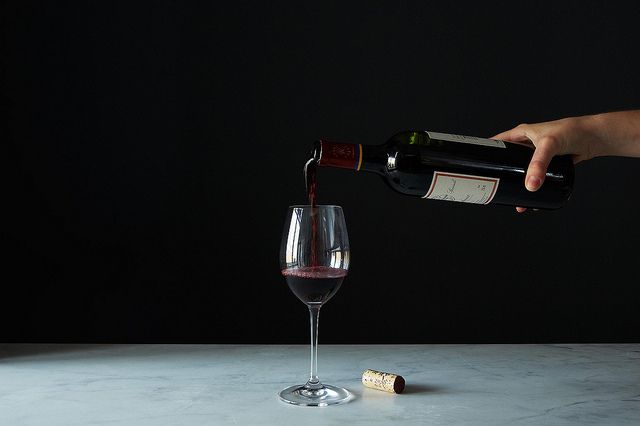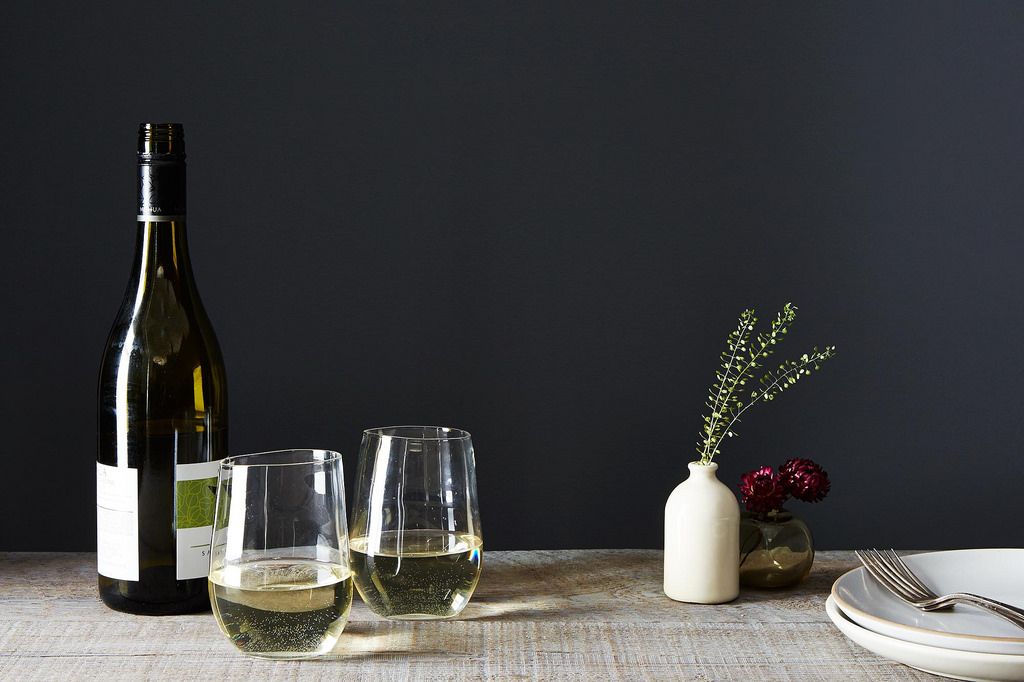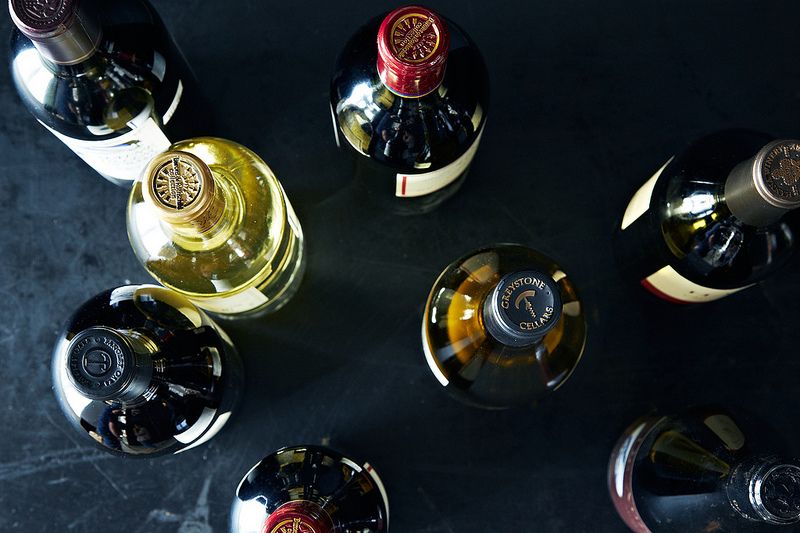Popular on Food52
11 Comments
miche
June 5, 2015
"Wines become 'corked' when the chlorine—the chemical often used to sterilize the cork before it's put in the bottle—seeps into the liquid and 'turns it.' " Wrong! Maybe you are confused, you need to read more, about wine...
Leslie S.
June 5, 2015
Hi Miche, this is what I learned at the wine tasting, but I'd love more information about it! Can you recommend any good sites or books I can read about this process?
Tricia Y.
May 28, 2015
Leslie, if you're a fan of sweet wine, try Alpine Spice from Sand Castle Winery in Erwinna, PA. It tastes just like apple cider! You can purchase directly from the winery via their Web site. Oh, and it comes with a screw top too!
http://www.sandcastlewinery.com
http://www.sandcastlewinery.com
Tracy L.
May 28, 2015
I think young Leslie needs to learn more about wine before continuing to write about it. This article is filled with embarrassing inaccuracies. I give Leslie credit for youthful enthusiasm but and F in facts.
Napa may be boring but not but not because it is has too many "distributors". It has producers, i.e. wineries who make wine. A distributor, ak.a. a "wholesaler" is a company that sells wine to stores and restaurants. Don't call up your local wholesaler because they are not permitted to sell to individual customers. That is the retailer's job. Leslie should become familiar with the three- tiered system which is dominant in the United States. Also, "varietal" is an adjective that describes a wine that is identified by the type of grape it is made from. The type of grape is called a "variety". "Corked" wines are not rotten like an old cantaloupe. They may be musty but "bubbles" are certainly not a byproduct of a cork-tainted wine. That may be something else entirely. Also the percentage for labeling a varietal wine varies from country to country. In France it must be 100%. In California it is 75%. Keep on chugging Leslie!
Napa may be boring but not but not because it is has too many "distributors". It has producers, i.e. wineries who make wine. A distributor, ak.a. a "wholesaler" is a company that sells wine to stores and restaurants. Don't call up your local wholesaler because they are not permitted to sell to individual customers. That is the retailer's job. Leslie should become familiar with the three- tiered system which is dominant in the United States. Also, "varietal" is an adjective that describes a wine that is identified by the type of grape it is made from. The type of grape is called a "variety". "Corked" wines are not rotten like an old cantaloupe. They may be musty but "bubbles" are certainly not a byproduct of a cork-tainted wine. That may be something else entirely. Also the percentage for labeling a varietal wine varies from country to country. In France it must be 100%. In California it is 75%. Keep on chugging Leslie!
Leslie S.
May 28, 2015
Hi Tracy, all of these facts came directly from directly from my discussion with a wine distributor, but thank you for your helpful suggestions!
Tracy L.
May 28, 2015
Leslie-
Perhaps our definition of "fact" is different. Brian Larkey is a fabulous wine professional. Alas, he is an importer not a distributor. He also had an angle to sell his wine. As a "journalist" you must consider your sources and be able to check actual facts. The points I made in my reply are not "helpful suggestions" they are, well... facts. Keep sipping, Leslie.
Perhaps our definition of "fact" is different. Brian Larkey is a fabulous wine professional. Alas, he is an importer not a distributor. He also had an angle to sell his wine. As a "journalist" you must consider your sources and be able to check actual facts. The points I made in my reply are not "helpful suggestions" they are, well... facts. Keep sipping, Leslie.
Andrew M.
May 28, 2015
If you want to really experience wine country, look up Anderson Valley (CA). It's what Napa was 30 years ago without all the commercial stuff. The Pino's there are off the chart.
Eileen C.
May 28, 2015
Agreed, Andrew. If you get a chance try McManis Vineyard's Pinot Noir. Hands down, one of my favorites.
ChefJune
May 27, 2015
In many places and in many cases, the consumer is not permitted to buy wine directly from the wholesaler. But you can buy directly from the winery. Here in New York, there are a whole host of wonderful local wines out there on Long Island. Some of them will even deliver a case to your house.
Leslie S.
May 28, 2015
Thank you so much for the advice, ChefJune! You just gave me the perfect excuse to get out to Long Island this summer!





See what other Food52 readers are saying.